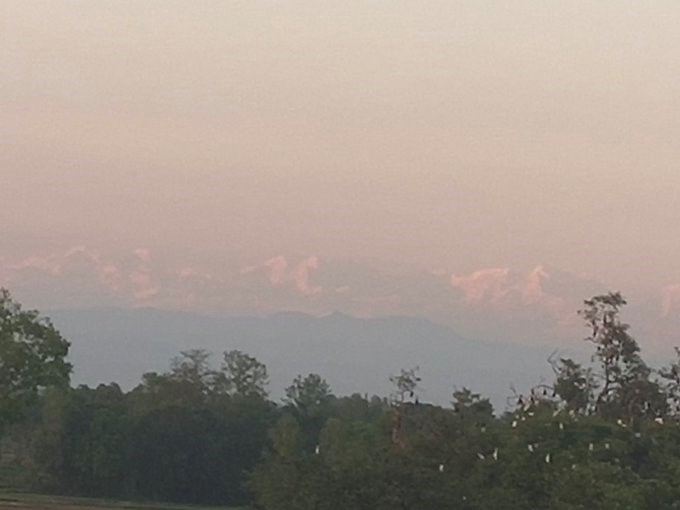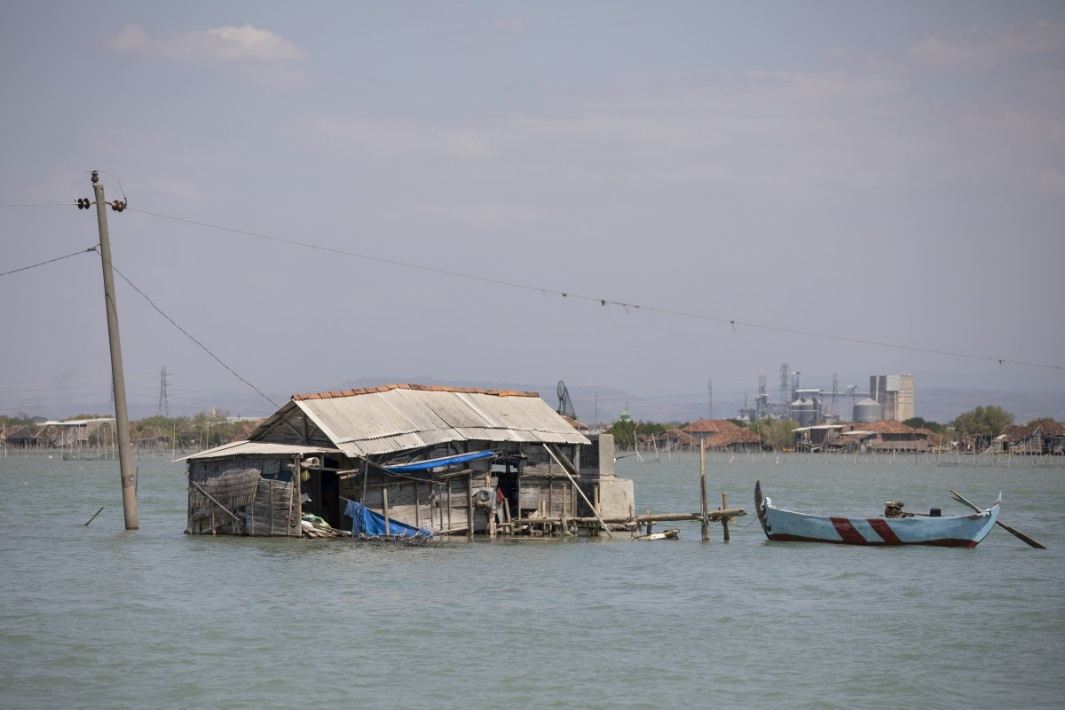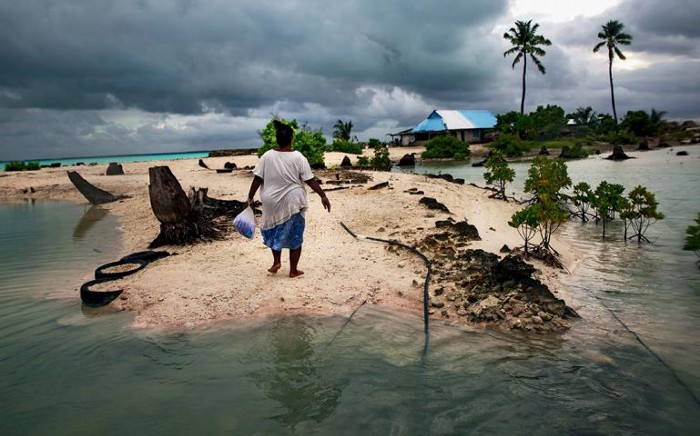On the morning of 29th April this year, residents of Saharanpur, a quiet town in the plains of Western Uttar Pradesh, were in for a surprise. The residents of this little-known town could get a clear view of the peaks of Gangotri, situated at an aerial distance of at least 200 km, from their rooftops. Old timers believed that this is a first in almost 3 decades. Similar reports came in from the plains of Punjab and Bihar.

In fact, residents in a Bihar village in the Sitamarhi district were able to get a clear view of the Mount Everest. These reports came in during the period when the nationwide lockdown due to the COVID-19 pandemic was in place. It is believed that the minimal commercial activity due to the lockdown and an upsurge in the rainfall during the period meant that the air got considerably cleaner in the northern plains and hence, the rare Himalayan sightings.

Such reports give a sense of hope that the nature is healing itself. However, such phenomenon is temporary and short-lived. The reality is that the natural resources have already been exploited by the humans beyond a repair. The widespread catastrophe of climate change will lead to unimaginable losses, both in terms of direct loss of lives attributed to climate change and indirect impacts of the same.
The most obvious and visible effect of the climate change is the rise in erratic weather patterns. One of the most recent phenomena has been the increasing frequency in the number of cyclones in the Arabian Sea. The year 2019 saw a record 5 cyclones in the region. This has been attributed to the unusual warming of the Indian Ocean waters. To put things into perspective, the last time this region saw these many cyclones was way back in the year 1902. The monsoon season in the year 2019 too, can be attributed to the climate change and its impacts. The official date for the end of the season in India is 30th September. However, in 2019, the monsoon started to recede in second week of October. Over 1600 people were documented as killed in what was termed as the heaviest monsoon in last 25 years. These numbers are expected to rise in the seasons to come as the unprecedented nature of the monsoon is going to increase.
Climate change has a serious implication on the food security as well. Locusts are an annual phenomenon in parts of Rajasthan but this year the swarms came into the country as far as districts in Bihar and Maharashtra. This has been, in part, attributed to the unusual weather patterns in the months of March and April which saw high rainfall. The locusts came soon after. These insects can cause serious implications as far as food security is concerned. Apart from the locusts, the weather patterns in general have been changing, much of which can be attributed to the climate change, making drought and flood a regular thing in the areas which never experienced them . Some of the most recent extreme flooding events have been in the states of Assam, Bihar, West Bengal, Karnataka, Maharashtra, and Eastern Uttar Pradesh. The floods in Assam, Bihar and Eastern Uttar Pradesh have been especially devastating. These have led to a massive surge in the food losses. Further, the projected increases in temperatures, changes in precipitation patterns, changes in extreme weather events, and reductions in water availability may all result in reduced agricultural productivity.
As per a WHO, between the years 2030 and 2050, climate change is expected to cause approximately 250,000 additional deaths per year, from malnutrition, malaria, diarrhea, and heat stress. The direct damage costs to health (i.e. excluding costs in health-determining sectors such as agriculture and water and sanitation), is estimated to be between USD 2-4 billion/year by 2030.
The rise in sea levels is something that everyone has heard of before. The effects of this rise are not experienced by many though, for now. The situation is grim for many countries around the world. Closer to home, Bangladesh is under serious threat due to this rise with two-thirds of the country being less than 5 metres above the sea level. By 2050, Bangladesh may lose approximately 11% of its land to the Bay of Bengal. The problem is compounded by the fact that the country is one of the most densely populated ones in the world. Other coastal cities including Mumbai, Chennai, Bangkok, and Shanghai will have parts of them submerged under water too by 2050. One of the villages, Bedono, on the Northern Coast of the Java Island of Indonesia has seen the coastline shift 5 Km inland, completely submerging 2000 hectares of the land. More than 500 families have been forced to evacuate the place since the early 1990s and the problem continues to aggravate to this day.

In fact, an entire country, Kiribati, might be wiped off from the world map in next 30 years. The primary reason for this has been the GHG emissions to the atmosphere resulting in rising temperatures subsequently melting the polar ice caps and the glaciers.

All these factors contribute to the already looming crisis of poverty, especially in the developing nations. Climate induced migration is another aspect that is often ignored in the discussions surrounding the topic. The poor have been migrating due to the weather patterns and the related droughts, floods, and famine like situations that it brings. In a world where we talk about ending migration crisis through various interventions, this migration has brought its own challenges. Estimates put the number of people who will have to flee their home due to climate induced challenges to around 500 million.
The situation is very bleak, as is evident from the discussion here. However, all is not lost. The climate change cannot be reversed but the changes can be slowed down. Mitigation and adaptation strategies can help prolong the damage and minimize it. Some of the ways which can considerably bring down the emissions include – promotion of sustainable agroforestry system, decentralizing the energy distribution, energy efficiency and green building solutions, protecting the coastal wetlands and mangroves, improving the mass transit systems in the metro cities, and promoting local agricultural produce and practices.
<>
The current situation with regards to the pandemic and the post-pandemic recovery is bound to put greater pressure on the environment and thus increase the emissions. The emphasis on the economic recovery after the pandemic is expected to put the sustainability issues at the back burner. It is the responsibility of the concerned authorities to ensure that it does not happen. The road to recovery should not be one which becomes an expressway to a bigger crisis of climate change. The solutions should come out through a framework that cares about the climate as a part of the economy.
It is important to remember that the climate change is real and will come for everyone. And there is no vaccine to it, too.
References
Jain, S. (2020, May 11). Snow-Capped Himalayan Peaks Seen From Saharanpur. Pics Are Viral. Retrieved from NDTV: https://www.ndtv.com/offbeat/snow-capped-himalayan-peaks-seen-from-saharanpur-pics-are-viral-2226810
Jaiswal, R. (2020, May 4). @activistritu. Retrieved from Twitter: https://twitter.com/activistritu/status/1257299588689432583
Rahman, S. (2019, Feb 2). Kiribati: SLOWLY DROWNING. Retrieved from Medium: https://medium.com/@sohanurrahman/kiribati-slowly-drowning-ab10e9e32e67
Rohmah, A. (2019, August 19). Climate change tourism: Indonesian village that sank offers grim lesson in the dangers of coastal erosion. Retrieved from South China Morning Post: https://www.scmp.com/lifestyle/travel-leisure/article/3023148/climate-change-tourism-indonesian-village-sank-offers-grim
Comments (0)
Oops! No Comments Found 😔